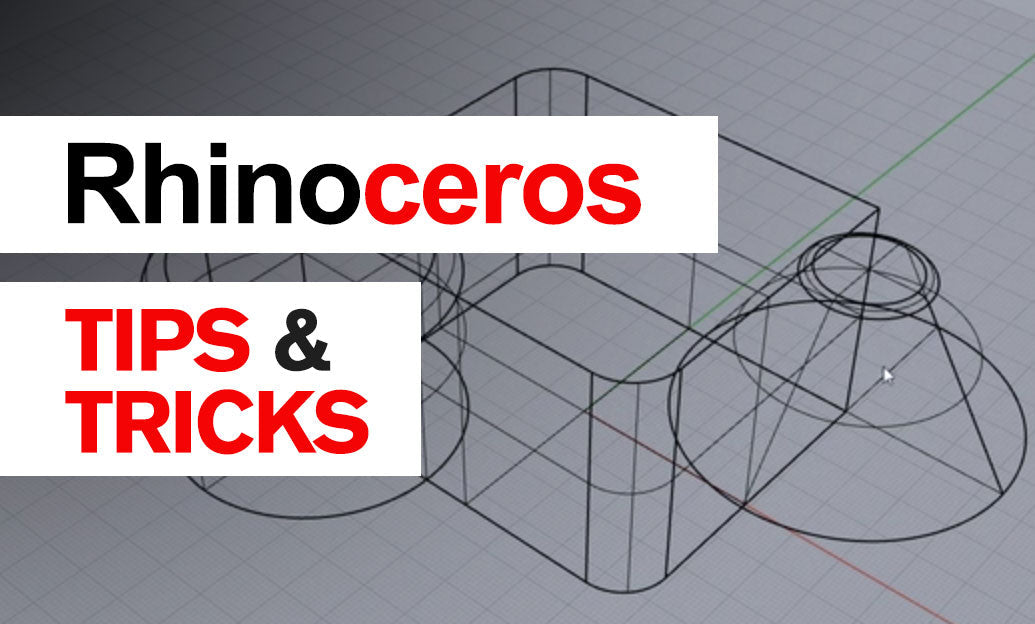Your Cart is Empty
"Great customer service. The folks at Novedge were super helpful in navigating a somewhat complicated order including software upgrades and serial numbers in various stages of inactivity. They were friendly and helpful throughout the process.."
Ruben Ruckmark
"Quick & very helpful. We have been using Novedge for years and are very happy with their quick service when we need to make a purchase and excellent support resolving any issues."
Will Woodson
"Scott is the best. He reminds me about subscriptions dates, guides me in the correct direction for updates. He always responds promptly to me. He is literally the reason I continue to work with Novedge and will do so in the future."
Edward Mchugh
"Calvin Lok is “the man”. After my purchase of Sketchup 2021, he called me and provided step-by-step instructions to ease me through difficulties I was having with the setup of my new software."
Mike Borzage
December 15, 2024 2 min read

Creating custom railing families in Revit allows you to tailor your designs to meet specific project requirements and enhance the aesthetic appeal of your models. Here's how you can effectively create and implement custom railing families:
Before you begin, it's essential to understand that railings in Revit are composed of several components:
Duplicate an existing railing type that closely resembles your desired design.
In the Type Properties dialog, adjust parameters such as the top rail, handrails, baluster placement, and rail structure.
Create custom profiles for rails and balusters by using the Profile Family Templates. This allows for unique shapes and sizes.
After creating the profiles, load them into your project and assign them to the appropriate railing components.
Define the spacing, positioning, and types of balusters in the Baluster Placement dialog.
Place the railing in your model to test its appearance and make any necessary adjustments.
To further improve your proficiency in creating custom Revit railing families, consider exploring resources and training materials available at NOVEDGE. NOVEDGE offers a wide range of products and learning tools to help you master Revit and other design software.
By customizing railing families, you can achieve precise control over the details of your project, resulting in more accurate and visually appealing designs. Experiment with different profiles and settings to create railings that truly stand out.
You can find all the Revit products on the NOVEDGE web site at this page.

July 25, 2025 9 min read
Read More
July 25, 2025 7 min read
Read More
July 25, 2025 3 min read
Read MoreSign up to get the latest on sales, new releases and more …